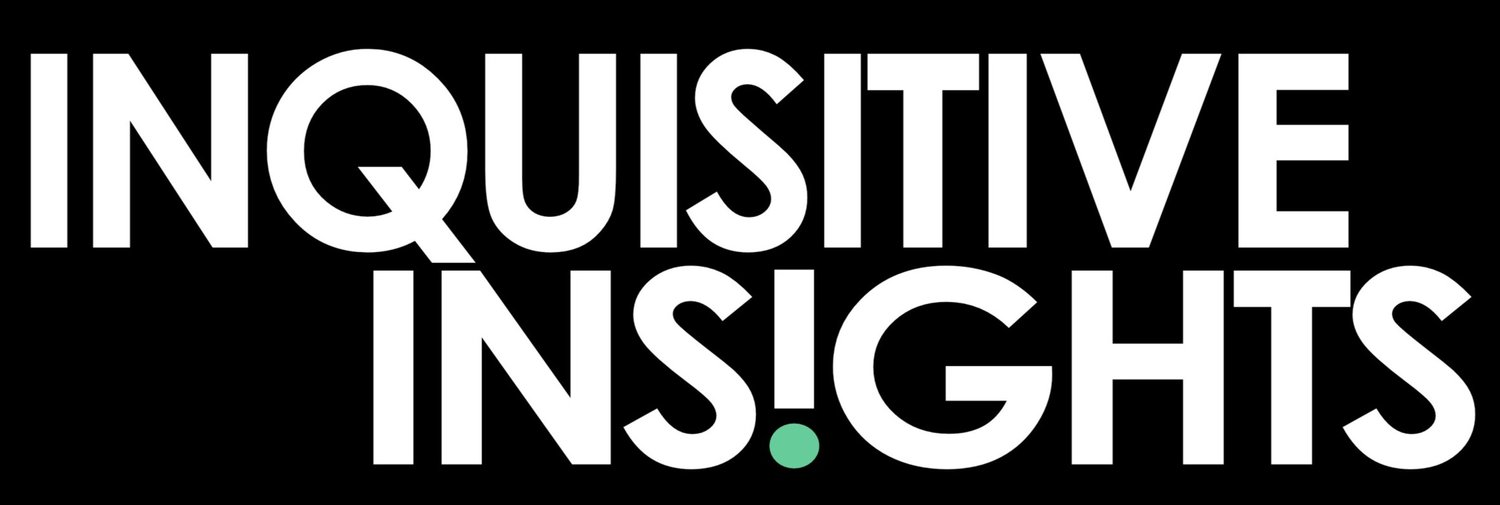Do You Understand the Problem You Are Solving?
The principle of finding out what people need in order to design the right solution seems simple enough. Yet, we see examples everyday of this principle being discarded in favor of “solutions” that lean a lot farther toward the needs of those designing them rather than those they are supposed to serve.
So it was heartening to read this Fast Company story about the community in Bozeman where trauma-informed design was used to create a space where people experiencing homelessness can feel safe.
“We spent a lot of time talking to our customers, particularly those that were really struggling the most to maintain secure housing, about kind of that magic question of: What would it take for you to remain in housing?” Tracy Menuez, a community development director at the Montana-based nonprofit Human Resources Development Council.
Rather than continuing to build shelters driven by economic considerations over human ones, and continuing to wonder why the problem had not been solved, this nonprofit stopped to learn more about the real problem - through the eyes of the people they serve.
Obviously homelessness is a more complex issue than most consumer brands will ever face, but that’s what makes it such a good reminder of the power of consumer research. If applying the simple principle of asking people what they need can begin to address a problem as big as homelessness, imagine what it can do for a consumer brand just trying to make shopping or cleaning or cooking a little easier.
You’re the expert on your brand. But that doesn’t automatically make you the expert on the needs your customer may have. The best way to find out what problem you need to solve is to ask.
